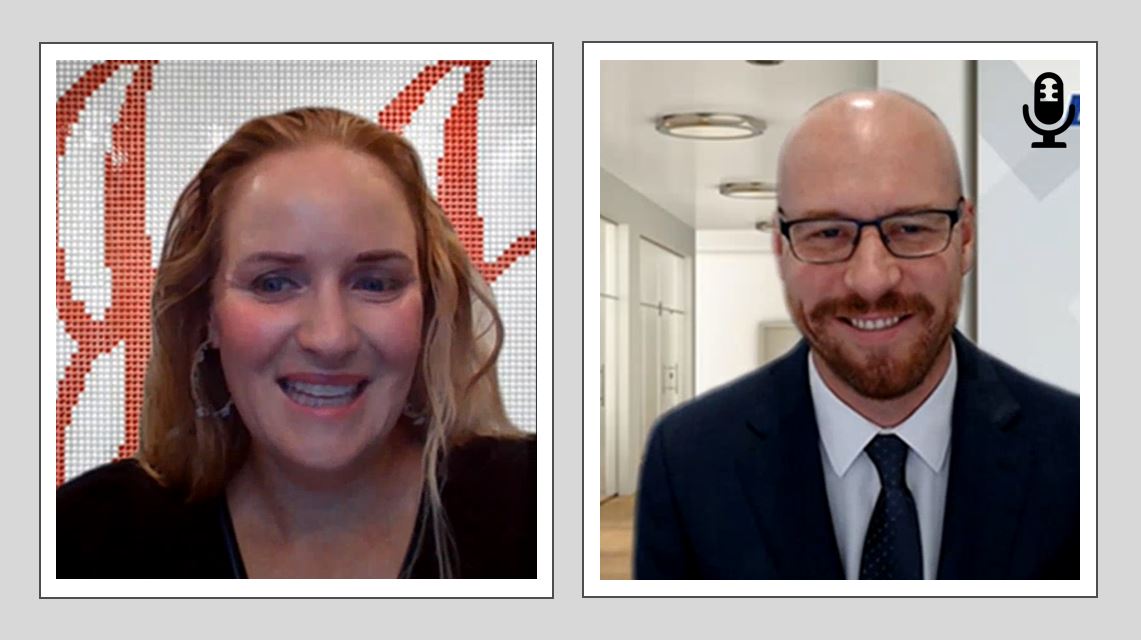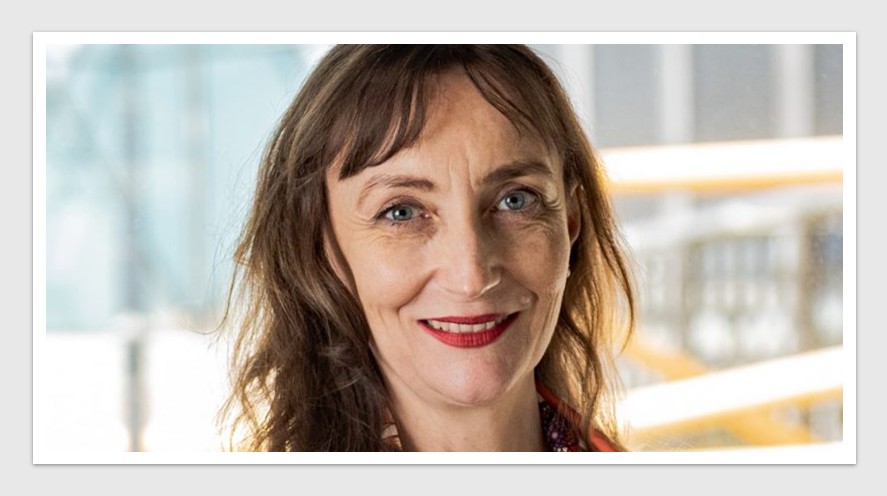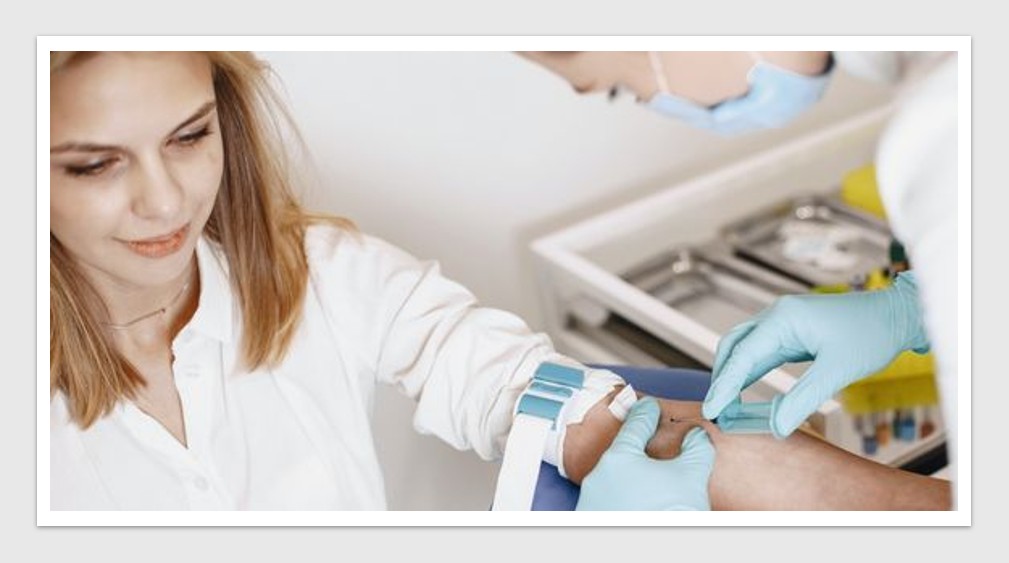Communication
Trends shaping corporate communications landscape in 2022 – Deep dive with Baxter and Johnson & Johnson leaders

Navigating how best to communicate with internal and external stakeholders has been an ongoing challenge for many communications executives since the start of the pandemic.
In the second interview in this series from Health Industry Hub, Johnson & Johnson and Baxter corporate communications leaders take us on a deep dive of how internal and external communications have evolved in the last 18-20 months, and the dynamics and key trends transforming the corporate comms strategies and teams in 2022.
How would you describe your company’s corporate communications efforts in the last 20 months?
Joanna Stevens, Head of Communications & Public Affairs, Johnson & Johnson Medical ANZ, said “I think there’s one word for it – intense. Corporate communications have never been in more demand or more valued. Internally we have focussed on the important role of health and safety. Not only has it been about making sure that people are informed with regular updates regarding the changing landscape for the COVID-19 pandemic, but we’ve gone far beyond that in terms of focusing on people’s mental health and engaging teams. When it comes to team engagement, looking for creative ways to bring teams together has been really important especially when considering issues like Zoom fatigue.
“One of the things that has been nice on the internal side is the little peek inside everybody’s lives. There’s been an upside in terms of the level of authenticity that you see in people whether it’s a small child sitting on somebody’s lap through a virtual meeting or the dog barking. There’s been a much greater acceptance of the integration of people’s home lives and work lives and I hope that continues when we go back to a more normal way of operating.
“In terms of external comms, it was really important to focus on some of the issues that we saw in the community. We engaged in education programs, such as My Health Can’t Wait, to encourage people to continue seeing their doctors and continue with their screening appointments.”
Gareth Trickey, Director, Communications and Government Affairs, Baxter ANZ, said “A mantra that we had from day one at Baxter was that you can’t over communicate in a crisis. To use a phrase from Donald Rumsfeld in the US ‘There were known knowns, there were known unknowns and there were unknown unknowns’. That was the environment we were operating in during this pandemic. We formed a crisis team early on and with that level of uncertainty in the external environment we realised we had to keep informing people where we were going and what was happening.
“Baxter Healthcare is a local manufacturer of more than 45 years in Western Sydney with compounding facilities in every mainland state in Australia and in Auckland and Christchurch. We have a diverse and dispersed workforce structure and from a communication perspective during the pandemic it has been critical to ensure we reach these different employee groups through different means of digital and virtual communication methods as well as facilitating management communication with smaller teams.
“Externally, the way we were interacting with governments and media was focussed on regular information sharing, whereas before the pandemic we were more reserved and protective of the information we had. With our customers, we assured them that we were very fortunate in our local manufacturing of IV fluids and experienced no setbacks. Once we initiated regular updates with our customers, calls to our customer service team dropped significantly.”
Joanna Stevens added “We are observing a shift in the medtech industry with a greater focus on science and medicine thanks to the role that pharma companies have played in vaccines development. We’re seeing a greater focus on technology and innovation that goes into products where they aren’t commodities anymore. Patients are becoming more educated, and they want to play a role in their health decisions. As an organisation, we’ve also become much more focused on communicating the important role of medical devices – from sutures to robotic assisted technology – and how that can really impact people’s health.”
What have been your broader observations of media and communications outside of the medtech industry?
Baxter’s Gareth Trickey commented “The volume and pace of news was unprecedented. We experienced this period of transitioning from traditional media to social media where people reached out to their own network for shared information that came from trusted sources. What that means for media and communications professionals is packaging news and content in a way that can be shared effectively is critical.”
Joanna Stevens added “There’s a recognition that we’ll never go back to the way that we worked beforehand. Some companies have used new policies for flexible working to build a reputation that’s attractive to new employees in the war for talent.
“We’ve also seen a shift in companies becoming more outspoken in political and community issues and concerned about the betterment of the communities in which they exist. We saw several big incidents converge at the same time in terms of areas like the environment and race equity where companies are stepping up to drive a lot of change. Johnson and Johnson is now talking about health equity as it relates to race and immigration. As such, corporate communications will be one of the most important functions in terms of making sure that companies get that messaging right and that it is authentic. Companies need to demonstrable change and commitment in those areas as well.”
What are your most effective channels of communication to engage employees and key stakeholders externally? Where are the potential gaps?
Joanna noted “Internally, the most significant change for us as an organisation was the rapid adoption of video platforms like Zoom and Microsoft Teams. These have been so effective in engaging large groups of employees, and additional platforms like Yammer for internal communication and collaboration. While these digital channels have been useful in driving internal engagement, we’ve had to be mindful of online fatigue especially during extended lockdowns. We complemented digital engagement with fun and interesting virtual activities such as group exercise activities or cocktail making classes as part of our corporate community.
“Externally, we’ve been doing more of our own content creation by using channels like LinkedIn and other social media platforms more frequently, and that will continue to be an area that we’re growing. We have worked really closely with our medical affairs and legal teams to make sure that we do it right.
“Accessibility is one of the digital gaps. We’ve had our fair share of technology failures over some of the things that we’ve done. As internet networks become more stable it will become second nature, but I don’t think we’re there yet in terms of it always being 100% reliable.”
Gareth said “In moving from face to face to virtual channels of communication, we had to reflect on what value was expressed with in person meetings and how to demonstrate that in the virtual environment. To replicate the human intimacy and interaction, it was important to allow for online involvement and conversations from employees to allow for a two-way engagement, especially in smaller meetings. In the last two years we have observed the formality of virtual meetings relaxing and people having the capability to come on/off mute to communicate.
“At a time where we were cut off from each other, social media has allowed us to reconnect and comment on each other’s posts and engage in our networks. I’ve also been able to connect and interact with media professionals, government officials and their advisors through social media.”
What dynamics and key trends will be transforming the corporate comms strategies and teams in 2022?
Joanna said “Corporate communications is going to be more valued in the boardroom because of trends like the great resignation and the fact that companies are really going to need to be hyper focused on engaging their employees. We’ll also see more of a blend between corporate communications and marketing as we engage our customers and patients through digital channels and do more of our own content creation.
“There will be a higher demand for content creation both for internal and external communications. There may be an expansion in the non-traditional roles in corporate communication functions, especially in smaller comms teams. The important thing will be making sure that we’re prioritising the right areas of focus.
“Demonstrating value has always been a focus for corporate communications. This will evolve over time in demonstrating not only the value of comms to corporate reputation and engagement with the community, but also commercial outcomes of the business. As data and analytics become much more integrated into companies, having a direct correlation between the work of comms teams and how that correlates to revenue growth will be critical.”
Gareth added “We are moving to a hybrid working and communications model from an internal and external perspective with our stakeholders. Our customers want to meet in person less because they’ve seen the benefits that virtual meetings can provide in giving them more time back in their day. Our people are going to be working from home a few days a week.
“Digital is the area of growth and it’s not just about the communications teams upskilling in this area. We need to upskill and train everybody else quickly on virtual interactions and use of virtual platforms.
“In terms of media, it’s having the skills and processes to respond rapidly to keep up with the pace of news that has developed as a result of the COVID-19 pandemic. Don’t miss an opportunity because you’re overly cautious. Get your information prepared and ready to go so when an opportunity presents you can respond quickly and take advantage of the opportunities.
“The items that are going to open doors with government and media are around supporting your employees, supporting the environment, creating jobs, local manufacturing and reliable supply chains. They don’t necessarily want to hear about the innovation of your products all the time. What they want to know is who you are and how else you’re adding value,” concluded Gareth.
News & Trends - MedTech & Diagnostics

Landmark study exposes stark differences in ICD battery life and patient risk
A new independent study examining over 35,000 implantable cardioverter-defibrillators (ICDs) has uncovered significant differences in battery longevity across several medtech […]
MoreNews & Trends - Pharmaceuticals

Industry roundtable to shape Australia’s genomics policy
An invitation-only roundtable of key industry leaders and representatives from both federal and state governments is convening today to shape […]
MoreNews & Trends - MedTech & Diagnostics

Pathology indexation reboot leaves essential services behind
After nearly three decades of stagnation, the federal government has reinstated annual indexation for selected Medicare Benefits Schedule (MBS) pathology […]
MoreDigital & Innovation

Navigating telehealth’s crowded rulebook: New consortium adds its voice to the mix
A newly formed Consortium of telehealth providers and private health insurers has come together to develop national standards for the […]
More